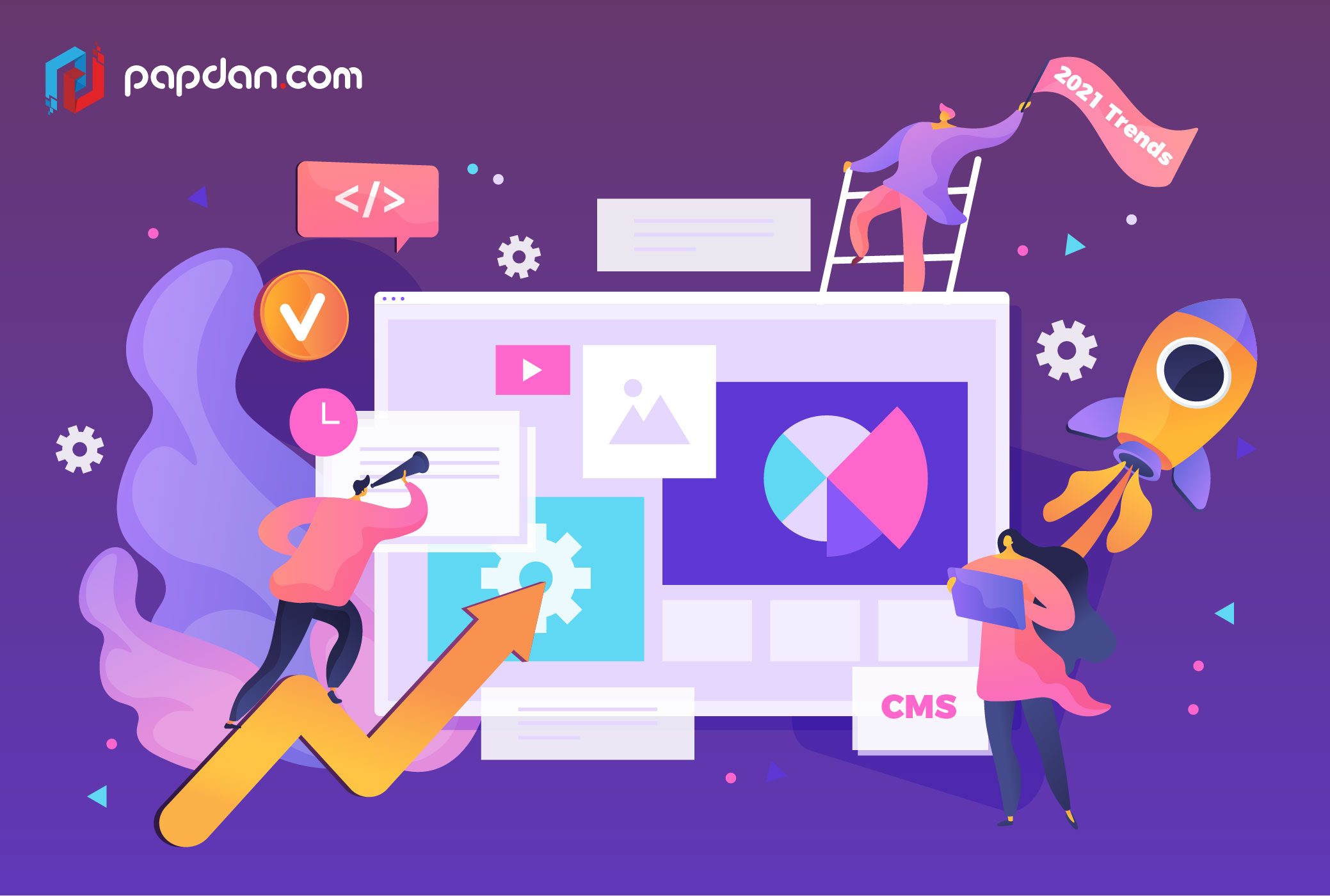Technology continues to advance as humans discover new methods to innovate, accomplishing tasks faster and more creatively than before. There are few fields that have as much innovation as web development.
Developers all around the world, especially web developers are constantly on the lookout for new technologies that will propel them into a brighter future. Keeping up with these changes may be a challenge for many businesses. We’ve identified some of the main themes that will be significant in 2021 and beyond.
No-code and low-code will drive application development
No-code and low-code technologies arose in an attempt to make our lives easier. These technologies can help experienced developers optimize workflows and decrease workloads, allowing them to focus on other responsibilities. Citizen developers may now create useful applications without having to write complicated code thanks to these tools.
Visual programming interfaces and drag-and-drop tools for individuals who have never written a line of code decrease the barrier to entry for those who have never written a line of code. However, despite these advances, no-code has failed to properly establish itself.
Native mobile apps replaced by Progressive web applications (PWAs)
PWAs are not really new, but their significance is expected to expand in 2021. PWAs have a number of advantages that will encourage more people to utilize them. PWAs deliver an unparalleled user experience, and with the growing use of mobile devices, expect companies to follow suit.
PWAs allow websites to load rapidly while remaining functional even when they are not connected to the internet. They let developers to reproduce the in-app experience in a browser, making it easier for them to design native apps for each device.
For app development, smaller businesses will prefer SPAs.
Single-page apps are another well-established concept that will continue to gain momentum (SPAs). It might be aggravating for a user to have to wait for websites to load when they are browsing the internet. As a result, SPAs that allow for continuous scrolling will become increasingly popular.
The best illustrations of how an SPA should work come from major businesses like Google and Facebook. Expect SPA adoption to continue for additional firms as JavaScript-based frameworks and more consumers come online. From Gmail to GDrive, Google’s suite of products are great instances of SPAs in action.
Boost sites interactivity with Motion UI
A website should not only include all of the information that someone is looking for, but it should also be appealing to the eye. The user interface is getting a lot of attention these days, and motion UI is the next big thing.
When a user comes to a website, they don’t want to be confused about where they should go. Motion design aids in the creation of an intuitive interface that instructs users on what to do and where to focus their attention on the page. Motion UI makes it possible for online applications to respond to users through visual signals, resulting in a more fluid and pleasurable user experience.
Artificial intelligence and machine learning adoption to accelerate
Artificial intelligence has been infiltrating our digital lives for a few years, but as more businesses engage in technology, we’re seeing huge advancements in what’s possible. In particular, natural language processing (NLP) and machine learning (ML) have progressed from theoretical principles to practical applications.
Advancements in cloud computing will continue
Without cloud computing, the development of remote work would be impossible, and this trend is expected to continue through 2021. Gartner predicts that public cloud services will rise to $306.9 billion by 2021, up from $242.7 billion in 2019.
You may anticipate new cloud computing improvements to keep up with the increase that SaaS firms have witnessed in 2020, as well as the announcements from numerous big tech companies that they would be transitioning to remote-first.
Companies will favor API-first development
The demand to link different technologies is growing as new applications and technology develop. APIs enable new IoT devices, online interfaces, and software tools to communicate with one another.
Many developers may have previously put their attention on the product first, then added the reality that it required to connect to other devices as an afterthought. APIs, on the other hand, are now front and center as businesses search for methods to improve interconnectivity.
API-first development prioritizes consumers while also allowing development teams to work in parallel, lowering app development expenses, and speeding up time to market.

